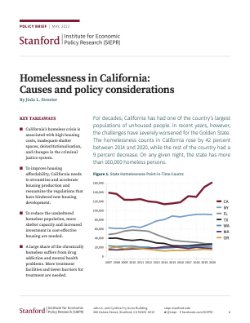By Chris Jones, Jane Kilpatrick, Yasha Maccanico
Attempts by the EU and its member states to step up identity controls by equipping police and immigration authorities with new biometric technologies are likely to see both ethnic minority citizens and non-citizens subjected to unwarranted intrusions into their everyday activities, argues a report published today by Statewatch. Building the biometric state: Police powers and discrimination looks at the gradual development and deployment of biometric technologies by EU institutions and member states over the last two decades. It finds that the EU has provided at least €290 million in public research funding to projects aiming to advance biometric techniques and technologies, and that policy development and implementation has been propelled by secretive police and policy networks that operate with little to no democratic scrutiny. It also provides case studies examining the deployment of biometric technologies in France, Italy and Spain, highlighting some of the issues that are likely to arise as such technology becomes more widely used.
London: Statewatch, 2022. 34p.





















